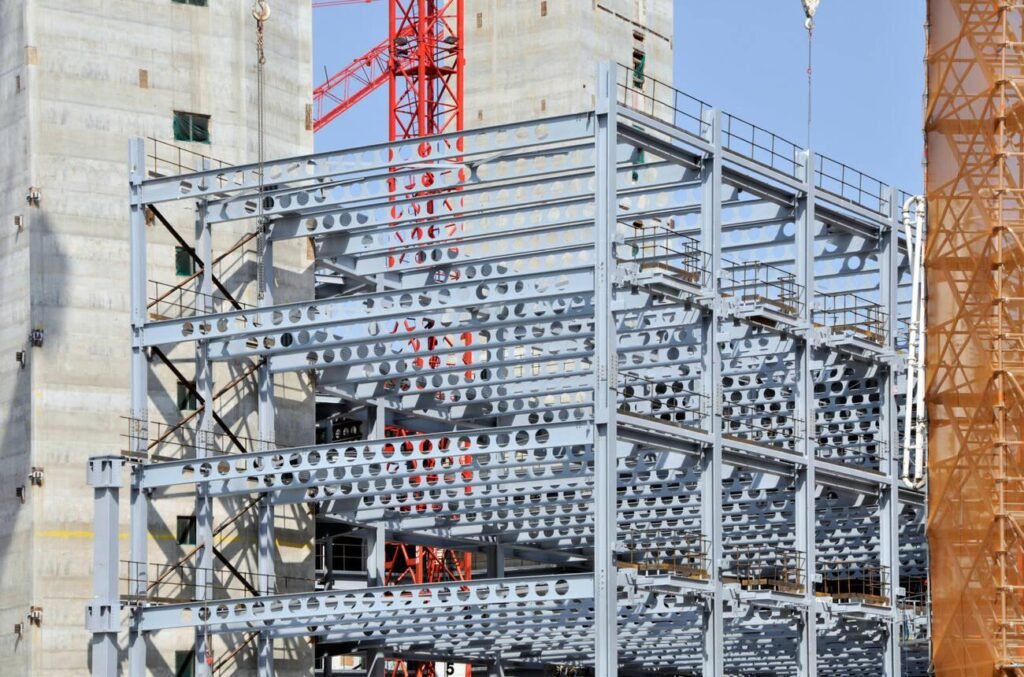Steel Column Design Services
Welcome to SECalcs, your trusted partner in structural engineering. We specialize in providing exceptional steel column design services tailored to meet your specific project needs. When faced with high load requirements, traditional masonry piers often fall short in size. In such cases, steel columns are the ideal solution. Our expert team at SECalcs will design steel columns that offer enhanced load-bearing capacity while maintaining a sleek and inconspicuous profile.
Key Features of Our Steel Column Design Services:


Slim and Inobtrusive Design
Steel columns provide a more slender and aesthetically pleasing alternative to masonry piers, ensuring an unobtrusive support system for your construction project.
Pad Foundation for Ground Floor Columns
If your column is at ground floor level, we will design a pad foundation to ensure optimal stability.
Padstone Support for Higher Level Columns
For higher-level installations, our designs incorporate padstones, providing reliable support for the steel columns.
Fire Protection Considerations
We understand the importance of fire protection in steelwork. Our designs account for the necessary fire protection measures, ensuring compliance with safety regulations and increasing the overall size of the column accordingly.
Information Required for Steel Column Design


To design steel columns that meet your specific requirements, we will need the following information:
- Architectural layouts or sketch drawings with accurate dimensions, enabling us to accurately assess loadings on the column.
- The height of the column.
- Details regarding the construction type, such as concrete or timber floors, brick or block walls, and more.
Quality Assurance and Compliance
At SECalcs, we prioritize quality and compliance with industry standards. Our steel column designs are carried out in accordance with BS5950, ensuring that all calculations and specifications meet the necessary regulations for Building Regulation approval. We provide comprehensive documentation and certification, establishing an audit trail for your project.
Why Choose SECalcs for Your Steel Column Design Needs


1
Expertise and Experience
Our team of skilled structural engineers possesses extensive experience in designing steel columns for diverse construction projects.
2
Customized Solutions
We understand that each project is unique. Our designs are tailored to your specific construction requirements, ensuring optimal results.
3
Compliance and Safety
We prioritize safety and regulatory compliance, ensuring that our designs adhere to the highest industry standards.
4
Transparent and Efficient Process
We maintain open communication throughout the project, providing you with detailed documentation and specifications.
Trust SECalcs for Your Steel Column Design
Contact SECalcs today to discuss your steel column design requirements. Our dedicated team is ready to assist you in creating structurally sound and visually appealing solutions. Trust SECalcs for all your steel column design needs and build with confidence and precision.
- Sunday: Closed
- Monday - Thursday: 9AM - 7PM
- Friday: 9AM - 5PM



- Head Office: Corwell Lane, Uxbridge, England, UB8 3DE.
- + (44) 07359267907
- info@structuralengineercalcs.com


